Work, Sheet. Studio: starting a design revolution from a piece of paper
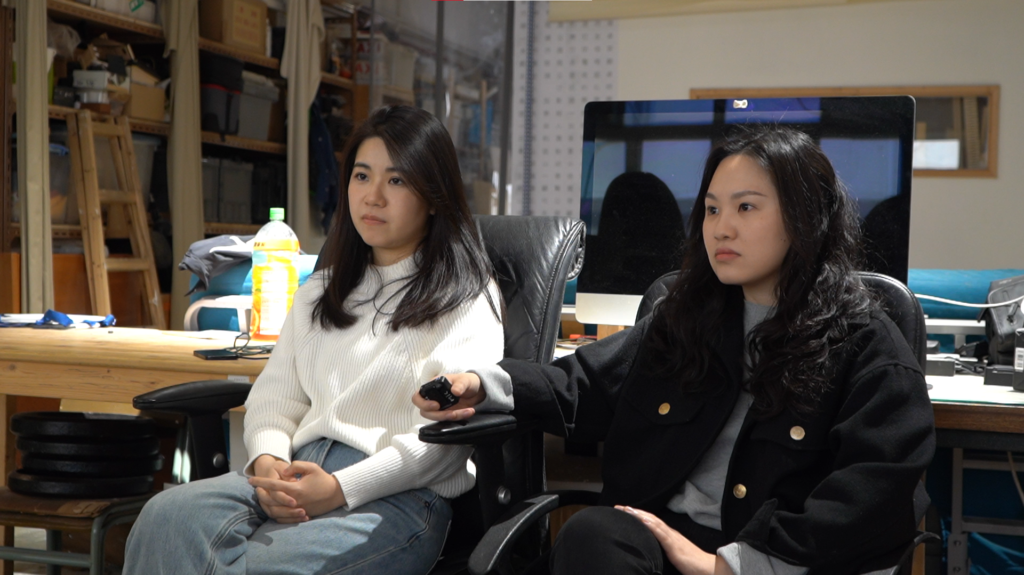
When it comes to design, we may think of product design, interior design, fashion design…but what about materials design?
Jade and Car, the founders of Work, Sheet. Studio, were students who studied industrial and product design in college. Back then they often had to look for suitable materials for their design projects and sometimes the materials they wanted weren’t available in the market. Conducting materials research on their own, they gradually realized their passion in materials research as well as its demand in the market, which led to their decision to develop their own business after graduation – this was how Work, Sheet. Studio was established. Incorporating elements of recycling into materials research and development, they specialize in designing fiber materials and hope to develop a material that belongs to Hong Kong.
Jade and Car, the founders of Work, Sheet. Studio, were students who studied industrial and product design in college. Back then they often had to look for suitable materials for their design projects and sometimes the materials they wanted weren’t available in the market. Conducting materials research on their own, they gradually realized their passion in materials research as well as its demand in the market, which led to their decision to develop their own business after graduation – this was how Work, Sheet. Studio was established. Incorporating elements of recycling into materials research and development, they specialize in designing fiber materials and hope to develop a material that belongs to Hong Kong.
Building a circular economy through materials design
It is no exaggeration to say that it would be a material that belongs to Hong Kong. “We want to introduce the mismatched resource and waste back into society – this is our core value,” the founders say. In fact, to see from a wider perspective, it is more like designing a system for recycling and manufacturing.
When Work, Sheet. Studio was first established in 2015, they focused on the reprocessing of fibrous materials like unsellable fruits and tea residues into paper products. Later they also started to use paper pulp for materials design through the collaboration with Mil Mill, the first pulp mill that recycles beverage cartons in Hong Kong. All these fruits, tea residues and beverage cartons are discarded resources sourced locally. In addition to books and packaging paper, the regenerated materials can be used to make three-dimensional products, such as exhibition boards, souvenirs and even furniture. After they are used, they can be made into pulp again in the factory and then into other products to achieve a circular economy.
(Photo courtesy of Work, Sheet. Studio)
Finding ways to manufacture products through collaboration
In order to implement their plan, simply doing research or making pulp is far from enough. It is also important to actually get the materials into production. But this is no easy task, as Hong Kong has been lagging behind in the development of the recycling industry and materials design compared with foreign countries. There is not only a lack of relevant disciplines but also the problem of limited land supply and high rent, which hindered their progress in setting up a production base. Fortunately, they have found working partners that share a similar vision. Apart from Mil Mill, they also collaborate with St. James’ Settlement Delightful Integrated Vocational Rehabilitation Services Centre(an NGO), which allows them to handle more waste materials and manufacture the regenerated products at a reasonable cost in sheltered workshops.
Promoting the use of regenerated materials in daily life
From recycling and making pulp in Mil Mill to research and design by the two of them to mass production in sheltered workshops, the whole system seems to be running smoothly. But the key to success lies in the promotion that follows, so that other designers and even the general public will use their materials. They think that the Hong Kong public has inadequate understanding of regenerated materials and thus a lower level of acceptance to these products. They have held different workshops and talks in the hope of educating the public on regenerated materials, but they admit that it takes time to change public perception.
The good news is that the emergence of Mil Mill has helped them in promoting public education about material regeneration. “At first, it simply looked like a slogan or a gimmick, but over the past two years regenerated materials have been more widely accepted in the market, and there have been more exhibitions that require exhibitors to use eco-friendly materials,” Car says. With the change in the attitude towards environmental protection in society, the market demand for sustainable materials has increased, which further facilitates the development of their business.
Life for design, design for life
Collaborating with people from diverse backgrounds, they also keep modifying the formula of regenerated materials from time to time to suit different designs and products. They hope that these materials will be able to fulfill more international standards and they can become the supplier in the future, so that these materials can be more widely used and truly become a part of our life.
Some say design and life are interrelated, and perhaps Work, Sheet. Studio is a vivid example of this – they use discarded resources in society for their design and reintroduce the regenerated materials they designed into daily life. After talking to Jade and Car, we believe that the field of materials design in Hong Kong is slowly evolving and heading towards sustainability.
Some say design and life are interrelated, and perhaps Work, Sheet. Studio is a vivid example of this – they use discarded resources in society for their design and reintroduce the regenerated materials they designed into daily life. After talking to Jade and Car, we believe that the field of materials design in Hong Kong is slowly evolving and heading towards sustainability.
(Photo courtesy of Work, Sheet. Studio)

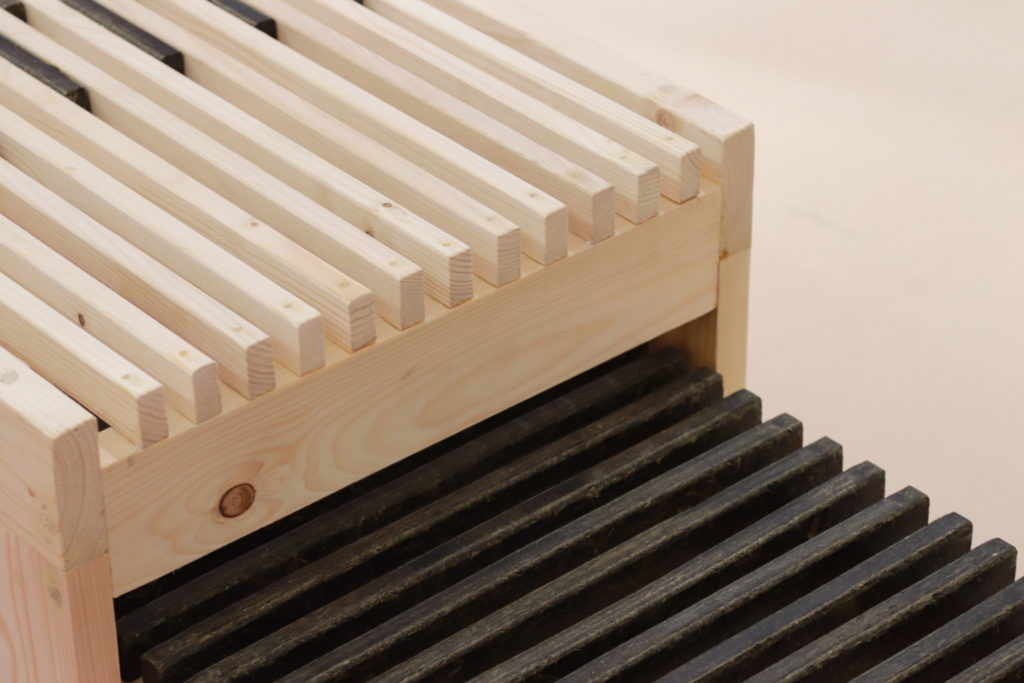
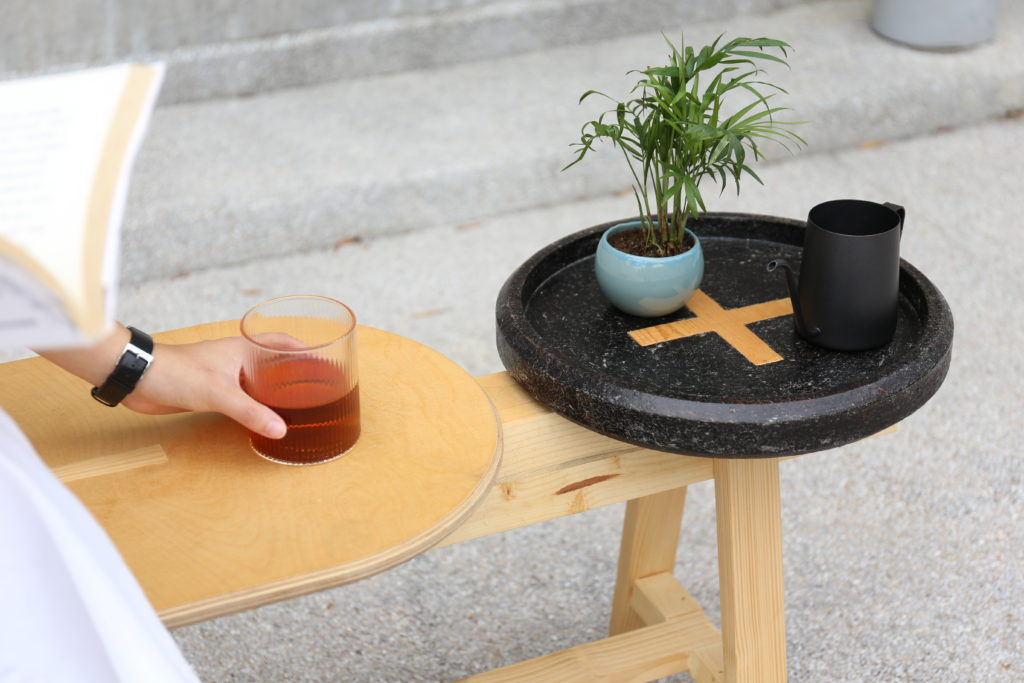
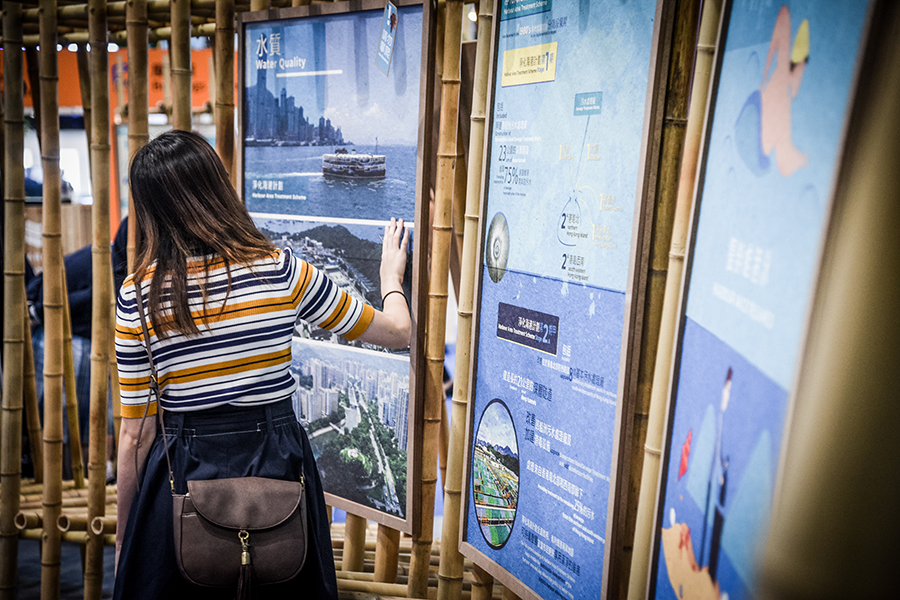
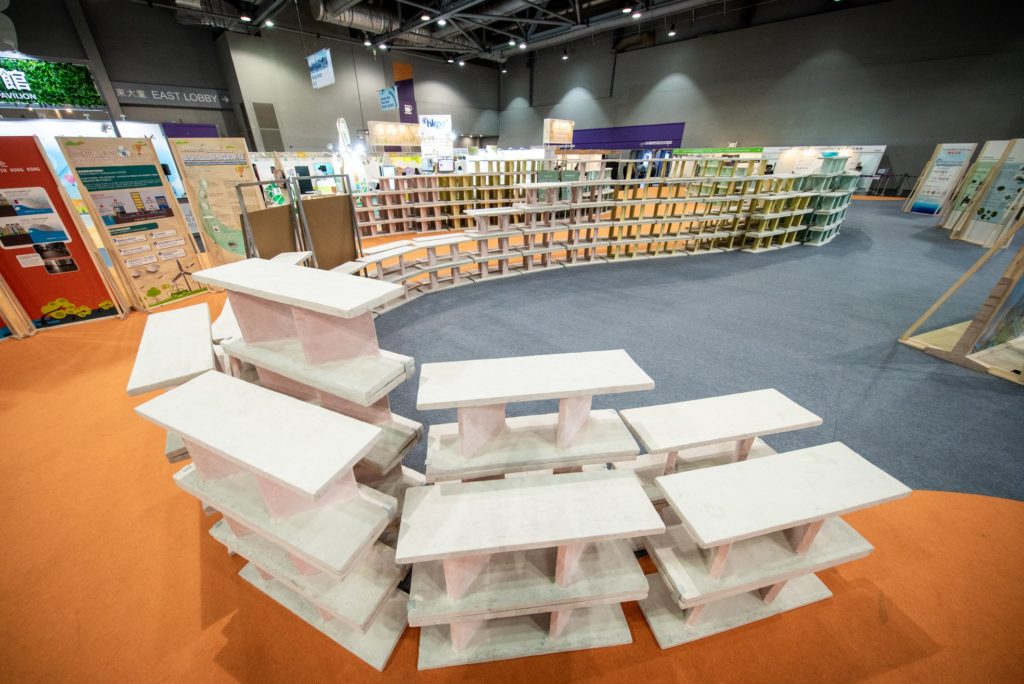
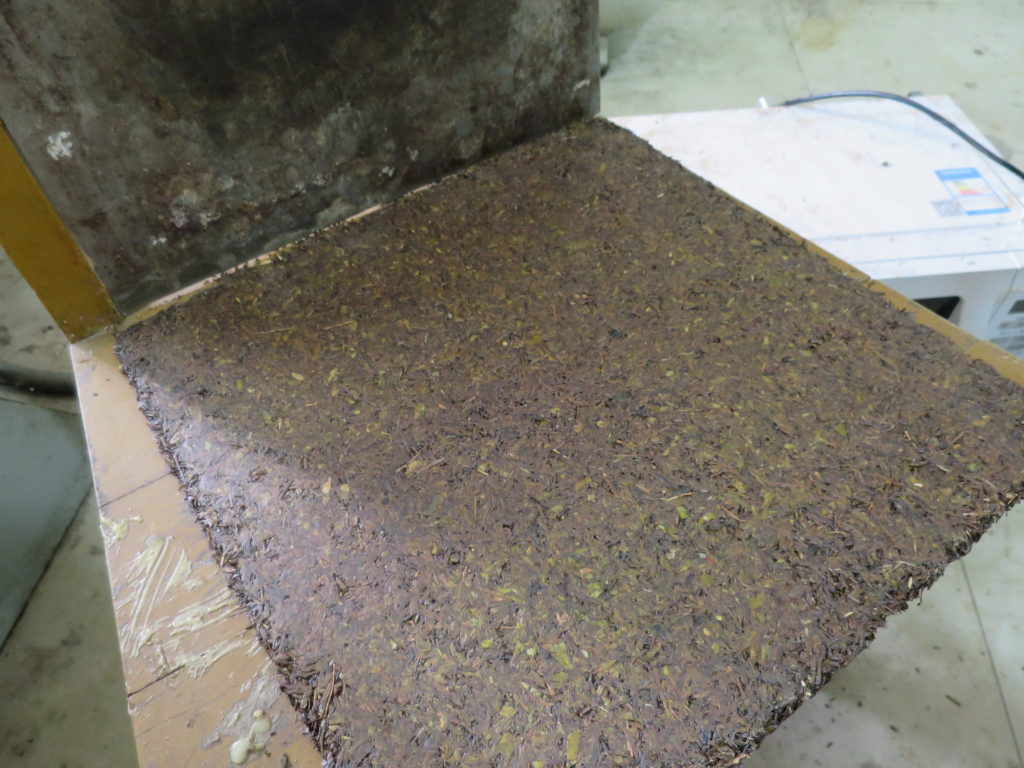
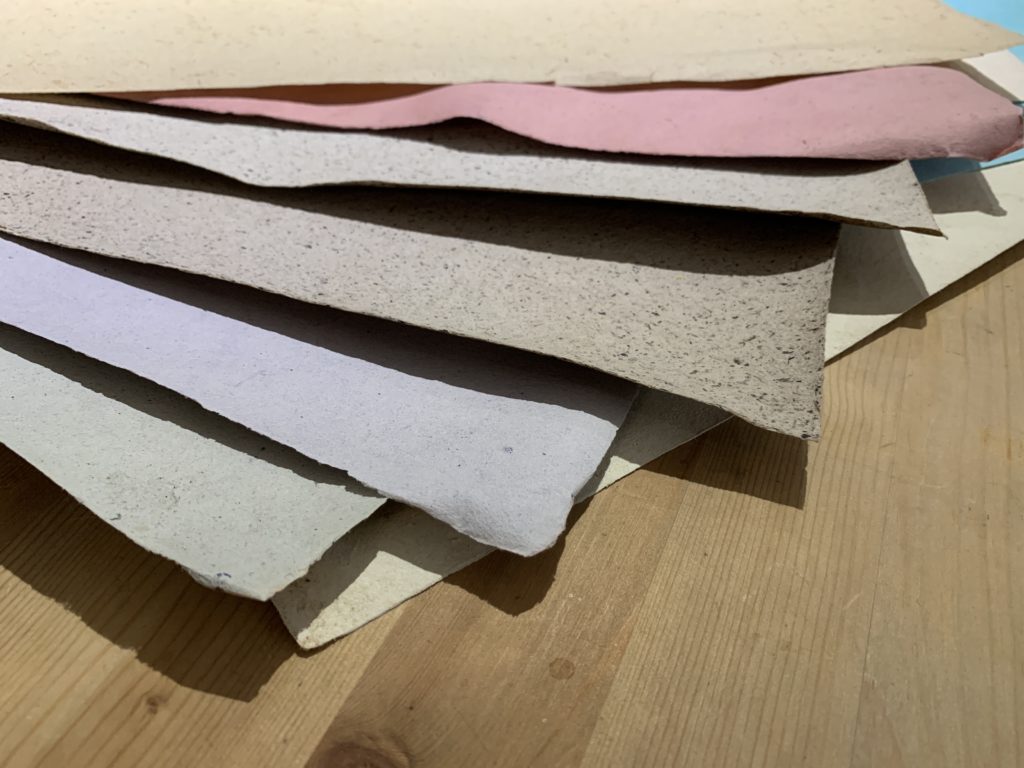
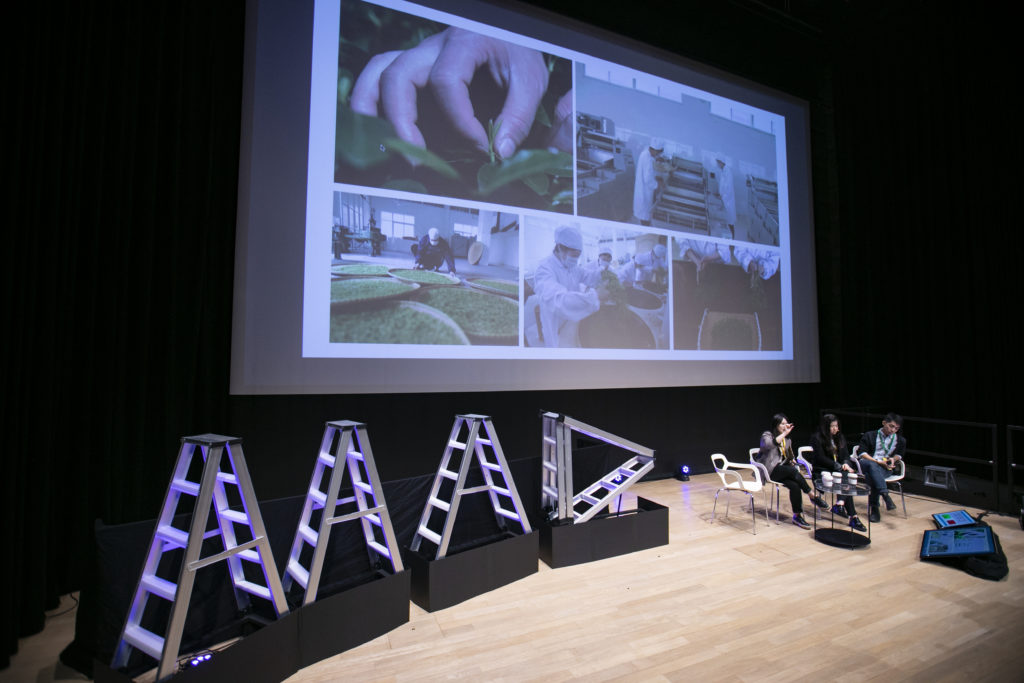
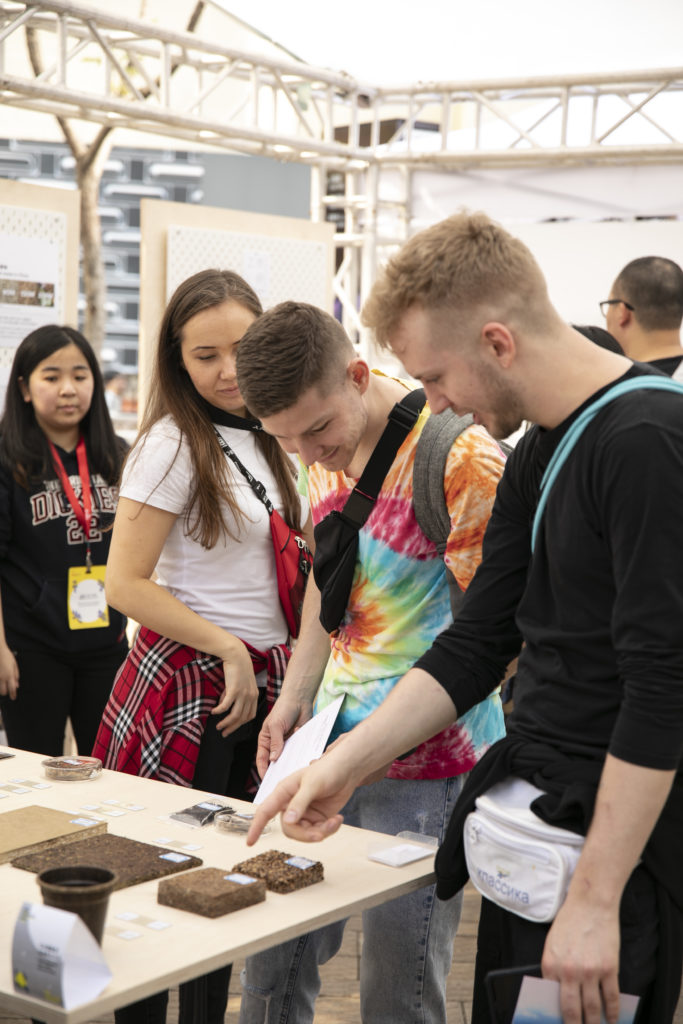
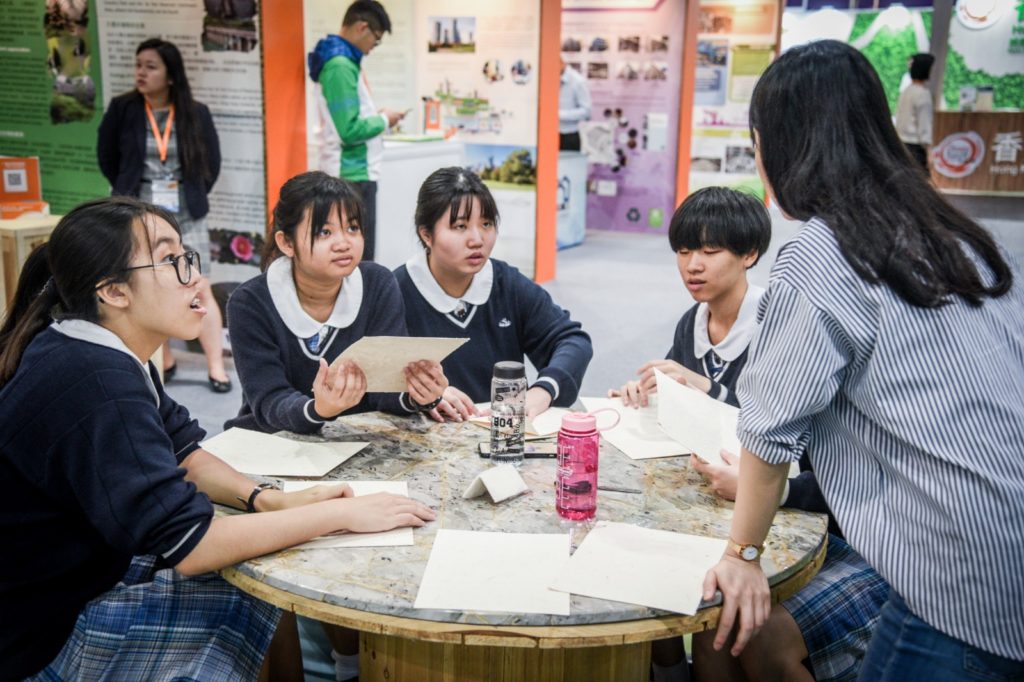
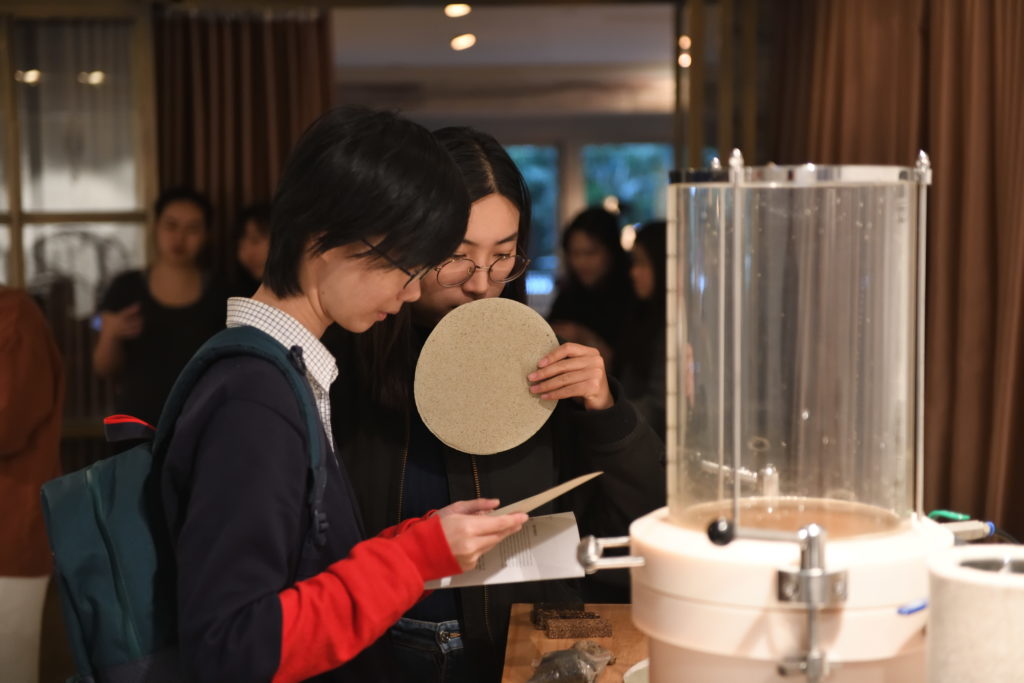

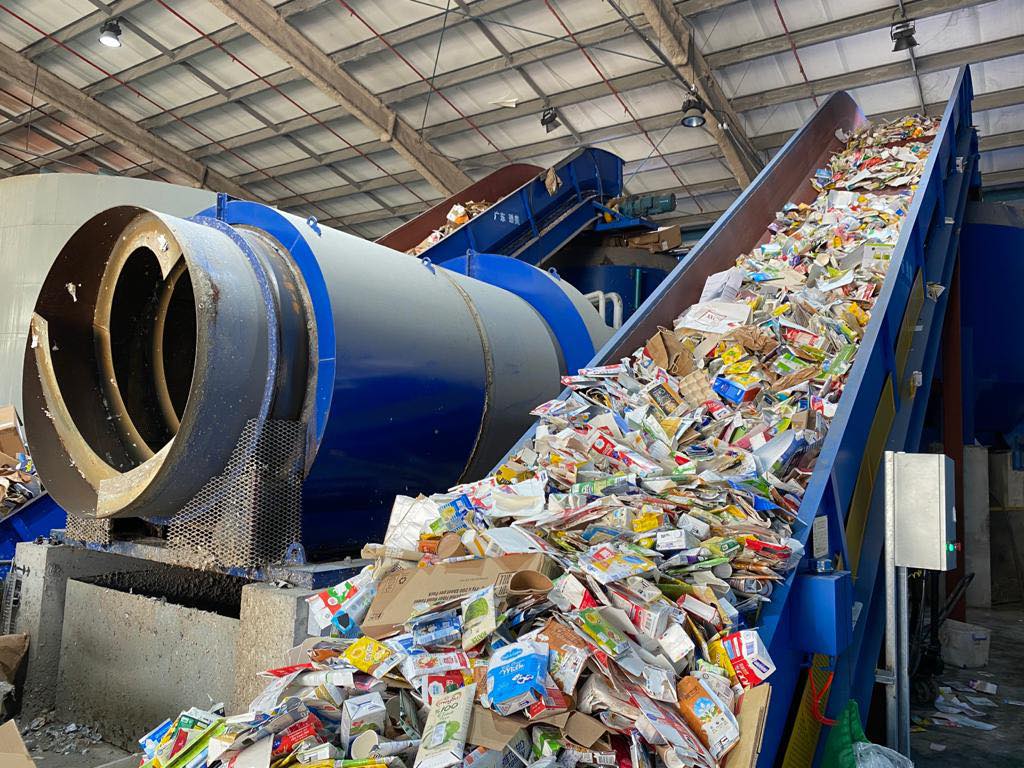
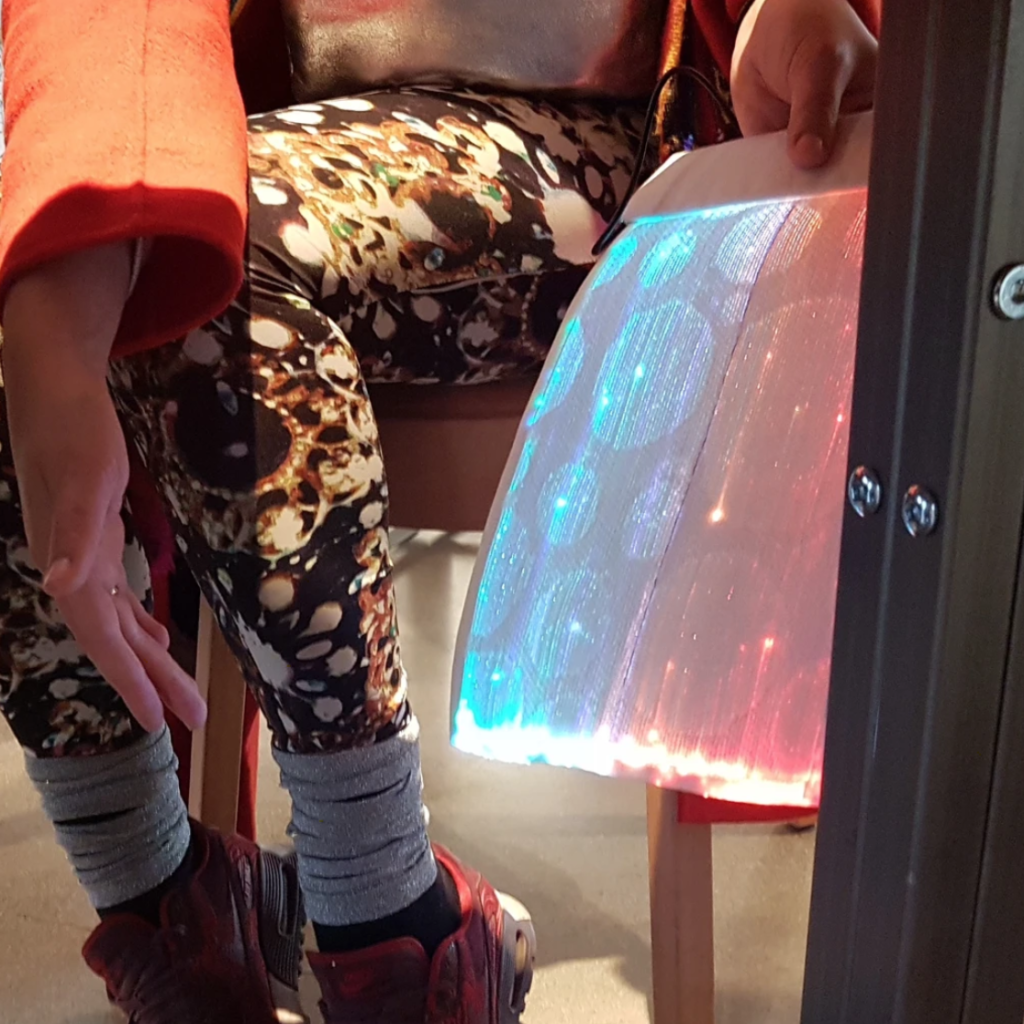
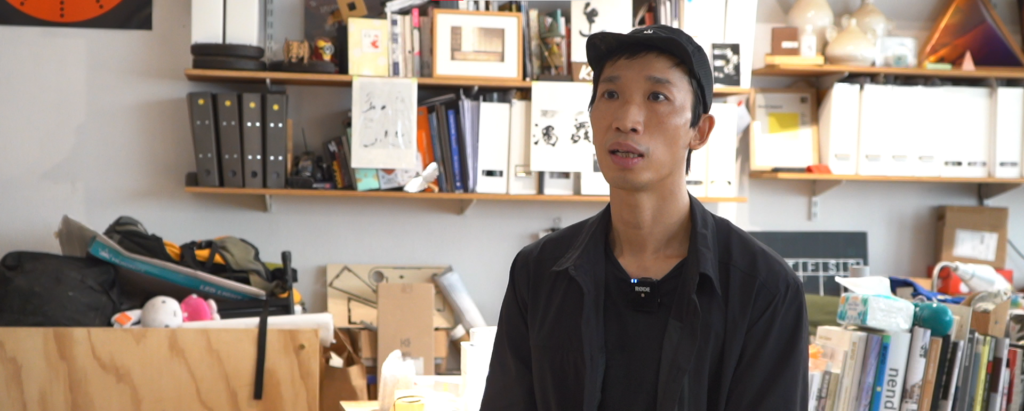
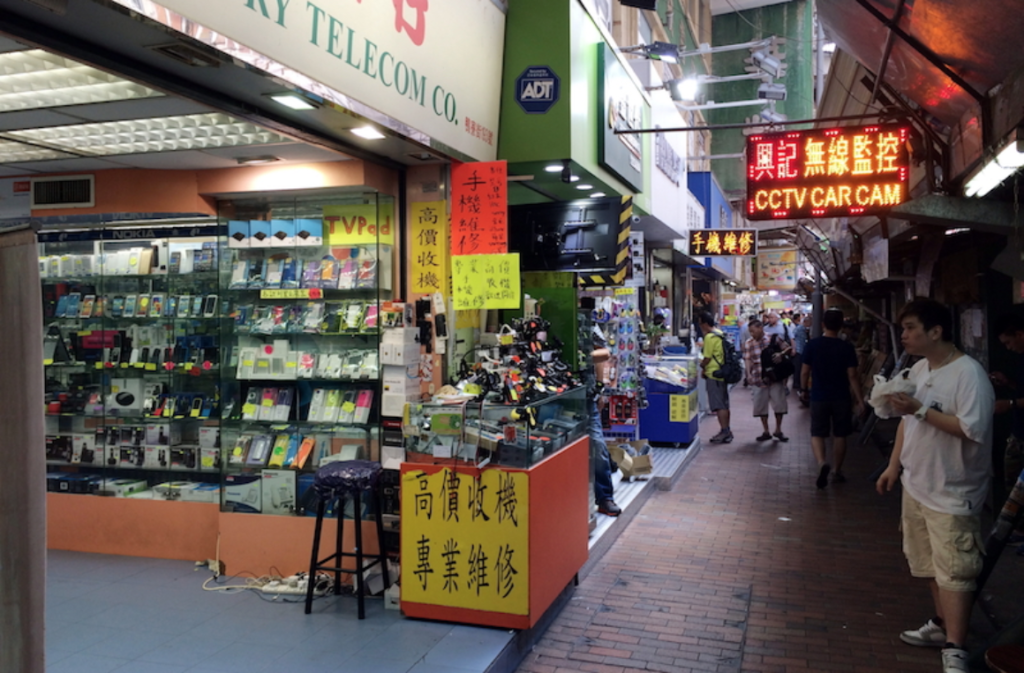



Responses